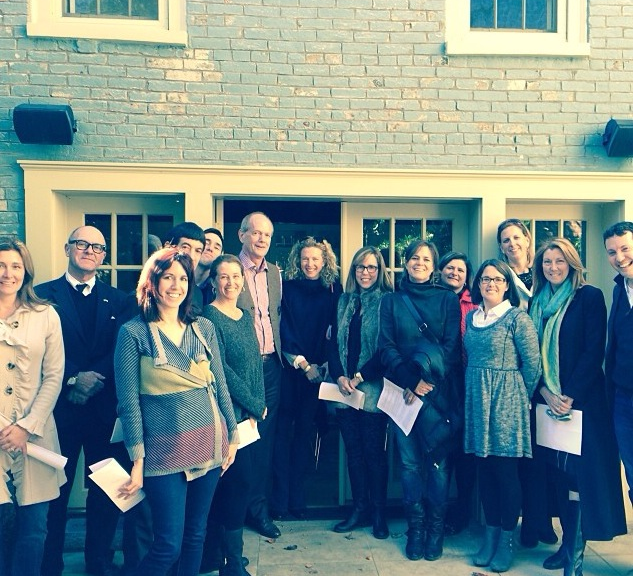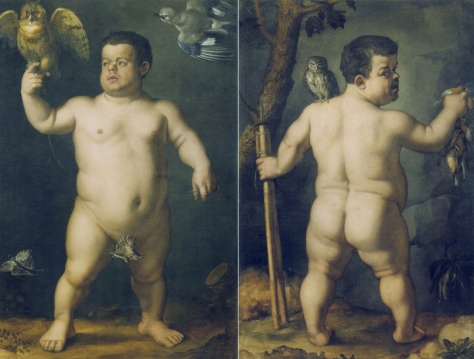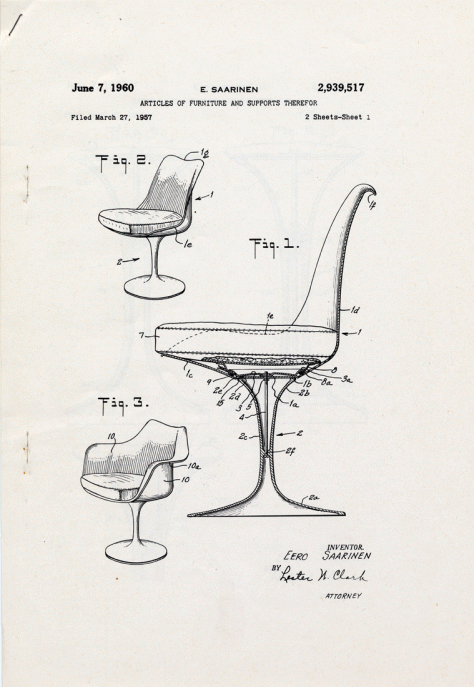 Denise Furnish and Walter Early: Color Stories Installation View
Denise Furnish and Walter Early: Color Stories Installation View
This is the last weekend to check out the exhibition Denise Furnish and Walter Early: Color Stories. Here on the KMAC blog we have explored the processes, motivations and cultural implications behind Denise Furnish’s repurposed quilts, and now we take a deeper look into the salvaged and reshaped forms from sculptor Walter Early.
Walter Early arranges broken and displaced forms into new settings and new relationships. His work, A Day in May, was included in last summer’s 7 BORDERS exhibition here at KMAC. In that work he repositioned a set of tobacco sticks, removing them from the environment they are typically associated and presented them in the gallery, on a shelf, leaning against a wall. This was intended to give new context, form and meaning to this common tool for curing tobacco leaves. The sticks take on a vista like quality where a viewer can get a sense of looking into a forest or a line of tress along side a road. This idea of play in altering an object’s former meaning continues into Early’s recent sculpture made from clay, wood, MDF, and steel.
For the pieces on display at KMAC Early sourced his materials from fellow sculptors, who had thrown out some of their failed experiments intending for them to be melted down and destroyed. Taking his welding torch and working in a similar twentieth century modernist language as Anthony Caro and John Chamberlain, he manipulates the shape, color and volume of his metal castaways. Once the desired form is achieved he power coats the surfaces of his sculptures in bright, bold, monochromatic colors. Caro and Chamberlain are well known for pushing the formalist art boundaries of modernist sculpture. They are important in the context of Walter’s work as they both represent the shift that allowed for a broader range of materials and practices to be brought into the art discourse. Early furthers the objectives set forth by these artists, maintaining the relevance for the appropriation of found materials. Through a series of rigorous alterations Early presents anew these remnants from other artists, providing a narrative for the material as it moves from its previous state into its new form. After reworking the borrowed metal he reverses a pivotal move made by Caro, who famously removed sculpture from it’s plinth, and places the finished works onto pedestals, or in this case onto whitewashed pieces of furniture, reestablishing the previously abandoned forms as artworks, elevating them to a new domesticated status.










